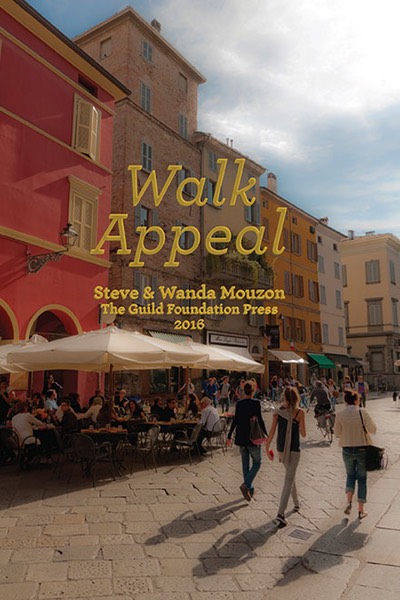search the Original Green Blog

People have been confused about neighborhood centers and edges for decades, and that confusion leads to bad decisions. "Neighborhood center" and especially "town center" are broadly used to mean commercial centers. At the beginning, when a hamlet composed of a single neighborhood in the landscape is built (like the one shown on the left), the commercial center that springs up at the crossroads around which the hamlet is constructed is the center of the neighborhood of which the hamlet is composed.

commercial center, not neighborhood center
But when the hamlet grows into a village (like the one shown on the right), it reorganizes itself into multiple neighborhoods that are bounded by the main streets leading to the village center. From that point forward, as the village grows to a town and then to a city, each neighborhood has civic spaces and uses (like parks, religious buildings, and the like) at their centers and commercial uses at their corners. Confusing neighborhood centers with neighborhood corners sets a series of errors in motion:
The Single Circle Fallacy

neighborhood streets should be calmer than commercial streets
The core error is our simplistic view of the 1/4 mile radius that most people choose to walk instead of drive. Actually, the 1/4 mile radius itself is a fallacy, as we discussed in Walk Appeal… but that's another story. Whether the walking radius is fixed at 1/4 mile or a variable, I propose two overlapping layers of circles, which combine to weave the city together. The first layer is the neighborhood, which is bounded by the busiest thoroughfares, not centered on them. If you doubt that, talk to any mother of a small child. The child is inevitably forbidden to cross the busy thoroughfares, but is given free rein over larger areas of the neighborhood within as they grow. To ignore this fact is to miss something that is fundamentally understood by hundreds of millions of non-planners.
Double Circles

Washington Avenue on South Beach is a
good commercial thoroughfare
So what's the other layer? The second layer of 1/4 mile radii offsets 1/2 neighborhood in each direction to center on the retail at the intersections of the busiest thoroughfares. In other words, each quarter of a neighborhood probably shops at different corners of the neighborhood. In doing so, they meet people from quarters of neighboring neighborhoods. Those people, in turn, know others from their neighborhood centers, who know others from their retail intersections... weaving a web of relationships clear across the city.
The Ghetto Mistake
The "commercial center as neighborhood center" mistake is actually the prescription for a ghetto. There, a neighborhood is self-contained with little reason to enter or leave. The history of ghettos is spotty at best, of course. I maintain that the two-layer model is actually much more similar to the way that most traditional American towns once worked, and should be the strongly preferred model for a legion of reasons.
The Transect of Risk

Alton Road, on the other hand, is far too risky and should be calmed.
Unthinkably, the Florida DOT is redesigning it with a 40 MPH
design speed, where this guy would stand a 90% chance of dying
if hit by a car!
Does this mean that the arterial can be left uncivilized? Not at all. I agree that context-sensitive arterials are the preferred model. But even if thoroughly civilized, let's face the fact that the risk to a pedestrian on an arterial will always be somewhat more than their risk on an alley or lane. Is it not possible to see the city as an ocean of waves of risk, undulating between higher risk and lower risk? Must we force everything to the same level of risk? Isn't that exceptionally boring? What I'm really talking about here is a transect of risk, which ought to be a natural part of life. Let's just make sure that the waves peak at an acceptable level.
~Steve Mouzon

You'll receive an email from me with the subject line "Mouzon Design: Please Confirm Subscription." Click Yes to confirm your subscription for Walk Appeal book updates.


